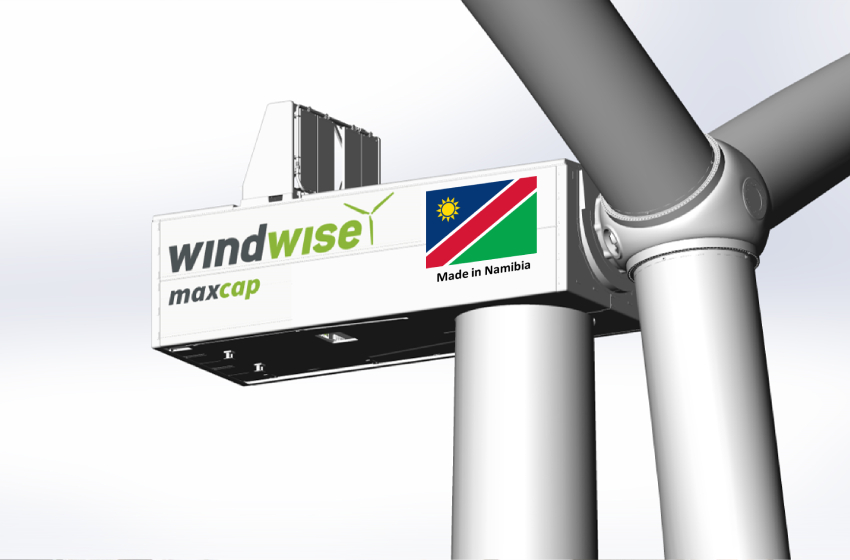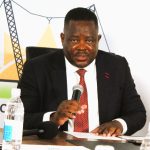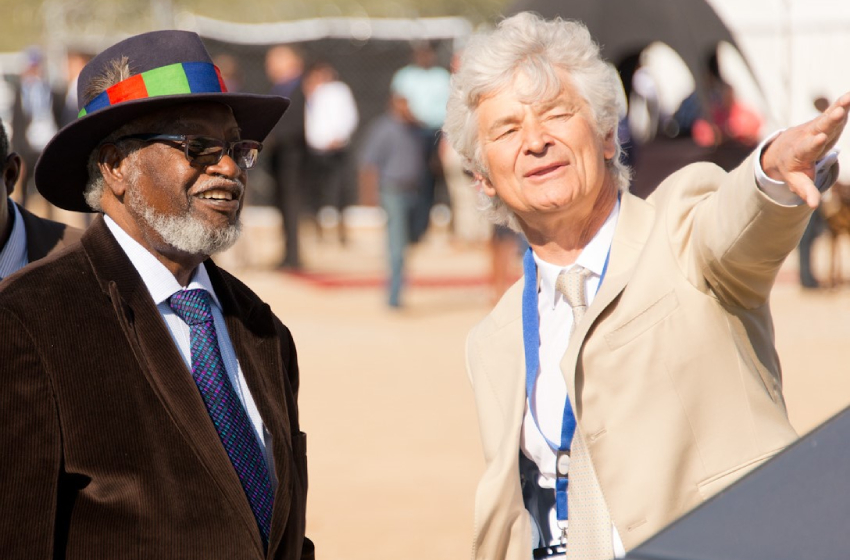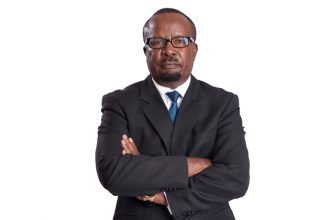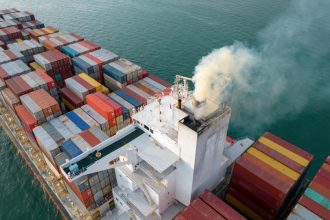Windwise Namibia, an independent private company that will have over 50% Namibian shareholding, has set an ambitious target of becoming Africa’ first wind turbine manufacturer.
Florian Schubert, the Managing Director of Windwise Namibia, told Etango that the company will aim to use local material with technology being the only component to be imported.
“The hardware will be manufactured in Namibia by Namibians for Namibians. The location of the first wind turbine production plant is not yet defined, but will be probably be close to the two industrial centres of Namibia: Windhoek and Walvis,” said Schubert.
He said Windwise Namibia will not only aim to create one or two plants in Namibia, but a real industry.
“The more turbines we make, the more suppliers we are going to ask to come to Namibia. This is will create an industrial area with dozens of plants for turbine assembly, turbine maintenance, component suppliers, transportation/cranage companies, civil engineering, power line construction etc. This means creating thousands of sustainable jobs not only for university graduates but also for the less qualified,” said the Windwise MD.
So far the company has hired its first five young Namibian employees, all with a Bachelor or a Master’s degree in engineering. The employees, all of whom are under the age of 35, are currently undergoing training in South Africa.
“We will aim for 95% Namibian personnel, including managers, engineers, accountants, logistic specialists etc. Our own training centre will train our personnel in Namibia.
“We want to show that Namibians are able to manufacture high tech and high-quality turbines on their own in their country. As an example and starting point for whole Africa,” said Schubert.
He acknowledged that the task ahead is not an easy one as Namibia did not currently have the human skills or materials needed to manufacture wind turbines.
“Everything needs to be created from scratch. The workforce needs to be trained and components for wind turbines are not available in Namibia right now. But, the workforce can be trained if we start now and build up a workforce gradually.
“Components are not available in Namibia, but once a critical manufacturing volume is reached (>200 turbines) Windwise Namibia will ask suppliers to come to Namibia, creating a lot of more sustainable jobs for Namibian engineers and technicians,” he said.
Schubert said although the Namibian market was considered small, the country still remains a good market for wind turbines because wind turbines can be used in different areas such as power generation, desalination, rural electrification and in green hydrogen production.
“Namibia imports electricity from neighbouring countries. This imported power could be produced with locally manufactured turbines. Moreover, power produced from wind turbines is far cheaper than solar panels combined with batteries if you want power not only from 8am to 4pm but 24/7. And, cheap electricity can enable a lot of industries. Also, data centres need a lot of energy and Namibia would be a perfect location for these,” said Schubert.
In addition, Namibia faces water challenges, especially in coastal areas and in the north of the country. Wind turbines can be combined with desalination units, even off grid. One turbine can produce up to 15,000 cubic meters of water per day. Water availability can also boost large scale farming at the coast and in interior areas creating more jobs and food security for Namibia.
As an enabler for rural electrification, wind turbines have off-grid capabilities and can be clustered to small local mid-voltage grids to supply off-grid settlements, Schubert said.
Windwise Namibia will also aim to export wind turbines to neighbouring countries like South Africa, Angola and Botswana and in the SADC region.
“Despite being a small country population wise, green energy is a tremendous opportunity for Namibia to become industrialised. But Namibia should seize the opportunity. If all the equipment is imported in the future, this opportunity will be gone,” said Schubert.
CHALLENGES
However, the journey towards realising the Windwise Namibia dream has not been an easy one. The company has lamented limited support for the manufacturing project from Namibia’s political leadership.
“Interest in job creation is only real if the upcoming industries get support from the government. Currently, we face long and unclear permitting processes for wind projects. We need help from the government, especially for the first small wind turbine projects,” said Schubert.
The situation was exacerbated by the fact that Namibia currently has no laws on local content.
“If there are no requirements for local content, equipment will be rather imported than manufactured locally. That is also what banks prefer – rather finance equipment from well-established large international players than from a Namibian newcomer,” he said.

